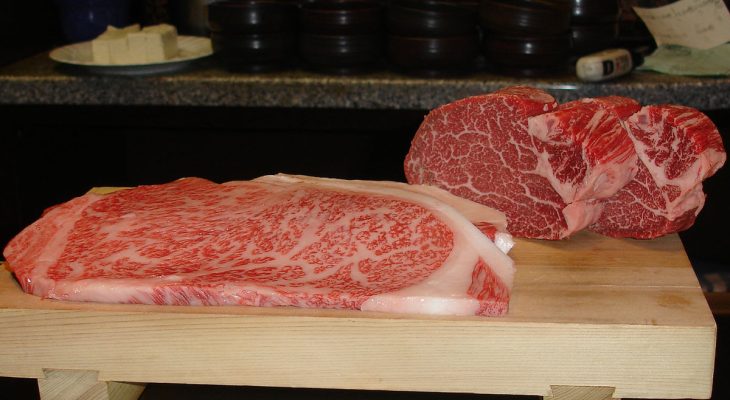
Wagyu translates to “Japanese cow.” This, however, reveals a subject rife with misunderstandings. Wagyu refers to a particular breed of Japanese cow with unique genetic characteristics considered of the finest quality by many chefs. High-end Wagyu require minimal preparation. The middle is maintained as natural as possible. It would still be juicy if cooked medium or medium-well. There are plenty of opportunities to take a bit out of wagyu beef Singapore by trying out this once-in-a-lifetime chance. Any other breed under the same conditions as Wagyu will not yield Wagyu meat.
The significant distinction between American Wagyu and Japanese Wagyu is a broader rating system, different cattle-farming practices, and that Japanese Wagyu is purebred, whereas American Wagyu is crossbred.
Wagyu cow conditions
Wagyu is often thought to be created similarly to how foie gras is, where the cows’ mobility is restricted, and they are force-fed to produce fatty, soft meat. However, for wagyu, cattle breeders in Japan go to tremendous measures to provide their cows with a serene environment. They keep the noise down, so the animals don’t become scared. Farmers refill water regularly, ensuring a consistent range of new, clean water to drink. Cows that don’t get along are segregated from each other.
Wagyu rating system
A cow with the maximum meat production receives an “A,” whereas a scrawnier cow receives a “B.” The BMS is a scale that ranks the quantity and quality of marbling fromone to twelve. A grade of 12 indicates that you’re receiving the most marbling. You have the finest of the best if you obtain A5 12 Wagyu.